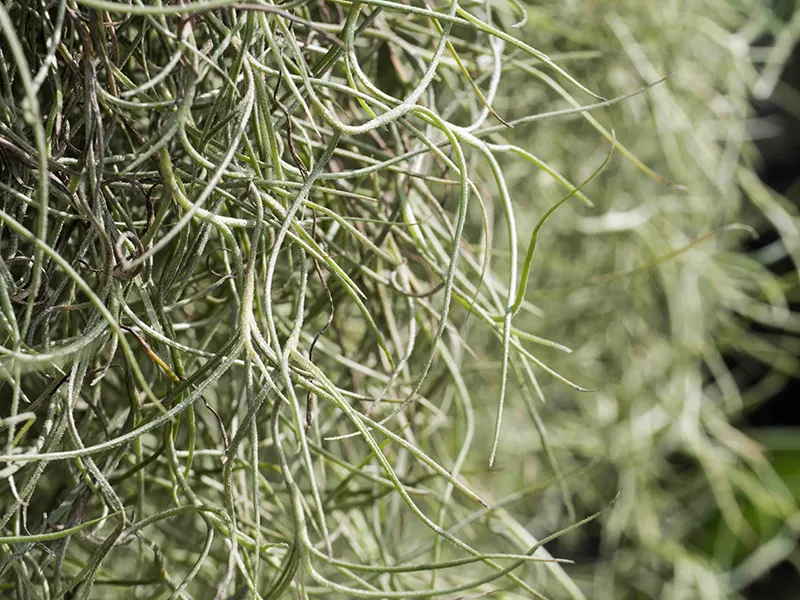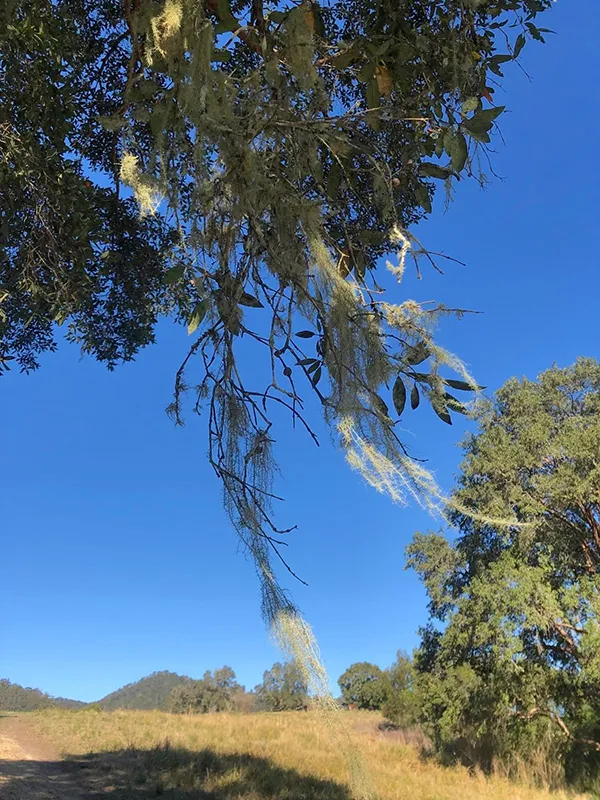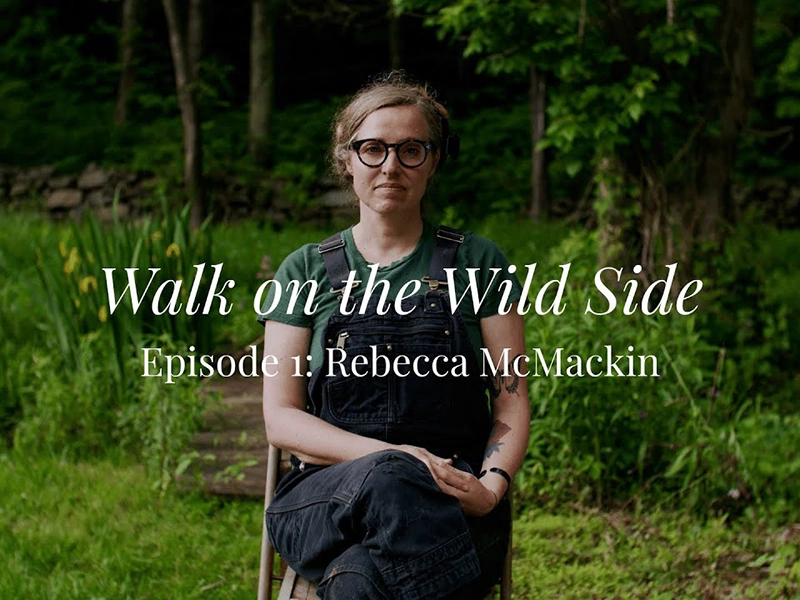It’s cute, it’s easy to grow and it is rapidly getting out of control.
Yet another garden plant has jumped the fence and become a nuisance – and perhaps worse. The culprit is Spanish moss. It is turning up on trees in Sydney and further afield including the north and south coast and is an environmental weed in parts of Queensland.
Also known as old man’s beard or air plant and botanically as Tillandsia usneoides, Spanish moss, is a hanging bromeliad that perches on branches or even wires and fence posts and lives off air by capturing moisture.
It is fine and usually grey in colour and can grow so thickly it can smother trees by shading their foliage or even causing branches to snap off. It is spread by the wind, which moves seeds around and by human intervention – for example hanging plants in trees or offering it for nesting material for birds.
Despite the name Spanish moss, it is native to South America.
It can be controlled with herbicide (taking care not to damage the host plant) but should be quickly removed by hand if it is seen, bagged and binned.
Confusing lichen
There’s also another plant that is being spotted in trees that resembles Spanish moss. The imposter is a lichen known as Usnea. It grows in trees including native trees and develops long whiskery growths much like Spanish moss but with a green or yellow hue.
Lichens don’t cause dieback in trees, but some landowners are noticing apparently heavy infestations of usnea in trees that also appear to be dying back.
Prof. Brett Summerell, Botanic Gardens of Sydney says that rather being causal, the dieback is revealing the presence of lichen in the tree canopy.
For more information see NSW WeedWise.






